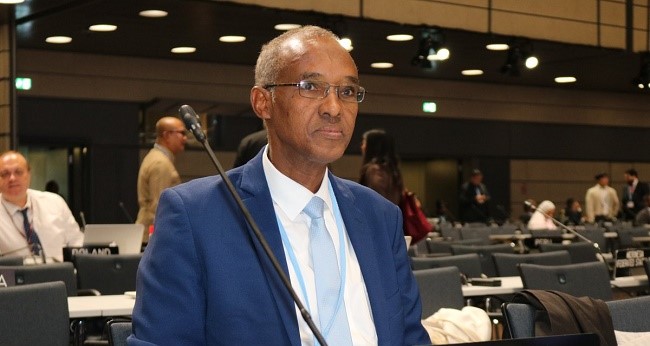Just hours before the conclusion of COP29 on climate change, more than 80 countries vulnerable to climate change and that urgently need the finance are calling for an additional effort to provide and mobilise $1.3 trillion per year, moving beyond the $100 billion agreed upon in 2009.
Chairs of the Independent Association of Latin America and the Caribbean (AILAC), the African Group of Negotiators (AGN), the Alliance of Small Island States (AOSIS), and the Least Developed Countries (LDC) Group note that a clear mandate is demanded to comprehensively transform the global financial system and apply measures to bridge the finance gap and meet the urgent needs of developing countries suffering the worst effects of climate change

After a week and a half of intense negotiations, the Independent Association of Latin America and the Caribbean (AILAC), the African Group of Negotiators (AGN), the Alliance of Small Island States (AOSIS), and the Least Developed Countries (LDC) Group propose a path to the presidency of COP29 to definitively resolve discussions regarding the New Collective Quantified Goal on Finance and achieve the $1.3 trillion needed to enable developing countries to undertake climate action and face its adverse effects.
The proposal, presented by more than 80 countries vulnerable to climate change, is based on making an additional effort to increase from the insufficient $100 billion agreed upon in 2009 to $1.3 trillion per year. These funds would cover the needs in the regions and develop necessary actions to counteract and adapt to the effects of climate change, and address loss and damage, which have exacerbated its impacts and the number of affected people on the planet.
The Call from the Countries
For their part, developing countries demand greater political will, reiterating that the New Goal should be delivered through grants and highly concessional finance to avoid worsening the debt crisis. Regarding resources, we emphasise that they must be additional, accessible, affordable, predictable, sustainable, transformative, and tangible, considering the high cost of capital, limited fiscal space, and unsustainable debt; we cannot afford empty promises. It is necessary and possible to provide and mobilise real financing to developing.
This would enable achieving of the $1.3 trillion per year target. There are innovative strategies to breach the finance gap, including fiscal measures by developed countries such as redirecting fossil fuel subsidies, to raise new public resources and re-orient current existing public expending to as much $1.3 trillion per year. We jointly request to work together on a roadmap to make it happen.
